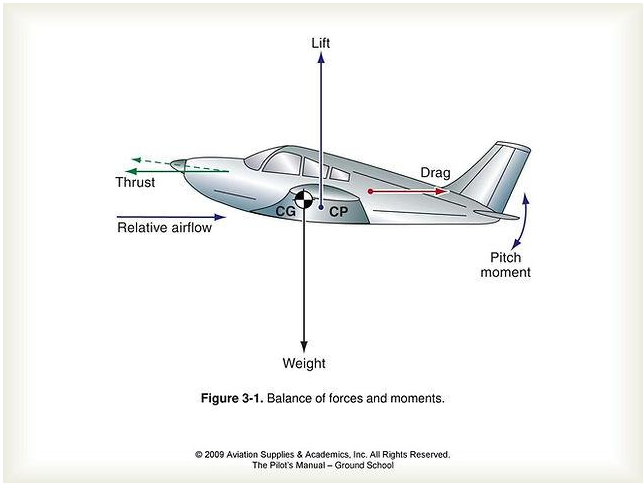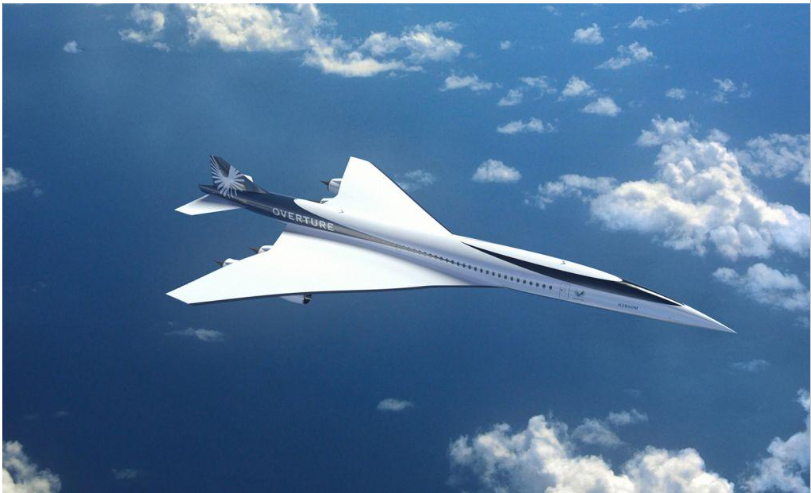The commercial aviation industry is buoyant in mid-2022, as there are new expectations that the worst of the epidemic is over. However, despite this recovery, original equipment manufacturers (OEMs) and aviation suppliers are facing challenges and opportunities that are reverberating throughout the aerospace and defense (A&D) value chain globally.
The condition of A&D supply networks today
It’s challenging to assess market mood. However, market sentiment analysis may offer more than just insightful peeks at new market trends. The availability of components may be threatened by a confluence of factors that OEMs are now dealing with, including high raw material prices, labor shortages, and supply chain problems.
The impact of the conflict in Ukraine has been minimal in supply networks. Despite their heavy reliance on Russian titanium, commercial OEMs probably have adequate supply to cover their immediate demands since, over the past several years, they have been constructing alternate sourcing methods and accumulating reserves. There is still a more significant disruptive factor in the market: struggling suppliers who have been struggling since the epidemic started and who are currently dealing with demand uncertainty.
OEMs have extended financial assistance, expedited payments, and installed “watchtowers” to identify financial issues in order to assist troubled suppliers in navigating short-term cash flow constraints. Along with billions of grants, loans, and guarantees, Tier 1 suppliers have contributed with vendor financing schemes, contract extensions, and inventory purchases. However, the smaller suppliers that are under the most pressure have been heavily consolidating.
Major A&D firms should keep proactively identifying problems and doing proactive reviews in order to preserve the long-term stability of their supply chains. OEMs may need to invest in important technology, acquire significant suppliers, and insource in order to preserve employment and maximize capacity utilization.
Workforce challenges
Additionally, voluntary attrition rates are higher than usual. A wave of retirements is what manufacturers should anticipate during the “great resignation.” In the meanwhile, the industry needs more people than ever in the digital and analytical domains, which are essential to advancing innovation and achieving next-generation operations.
Investigate the top three unique advantages as well, according to the EY workplace survey: tuition reimbursement, professional development possibilities, and recognition. Upskilling into the much-needed fields of engineering, cybersecurity, and digital can be linked to the second benefit. Indicate the abilities you’ll require, collaborate with colleges whose curricula yield competent applicants, and expand your talent pool by partnering with organizations that are undertaking relevant research.
Achieving efficiencies and growth
With digital, A&D companies can now take advantage of new opportunities across value streams and develop, create, and service goods more quickly, effectively, and qualitatively. For instance, vast amounts of data are captured by sensors and sophisticated analytical methods, which open up new opportunities and insights into operations and product performance. Increased customer and consumer involvement with mobility solutions and services is upending ecosystems and making sector boundaries more hazy in a variety of businesses.
Even so, the A&D business has not yet fully embraced digital technology, even though it was at the forefront of robotics and automation decades ago. It is imperative for manufacturers to grasp this chance to extend their goals beyond just producing goods and instead become comprehensive solution providers for their clients. The inventiveness and flexibility to recognize and adapt to shifting tastes are made possible by digital technology.
If you’re not sure whether there is a business case for a technology, at the very least think about how to use it on a limited scale for the time being. Then, when the capabilities become more developed, embrace them more widely. A fascinating emerging application is the repair of metal components using cold-spraying methods, and additive manufacturing, which allows parts of any size and form to be 3-D printed. machine learning-based automated testing that enables several tests to run concurrently and reduces labor-intensive tasks.
Using sustainability to create a sector that does more with less
In order to support growth and strategic objectives, A&D executives are being pushed to reconsider how their companies approach sustainability and whether or not to place it at the core of value creation.
It is important to emphasize that there is more than one path on the sustainability journey. It ought to advance the long-term strategy for the aerospace sector as a whole to achieve net-zero emissions. Beyond merely propulsion innovations, a number of environmentally friendly instruments, technologies, and procedures will need to be used for this. There are opportunities to lower carbon footprints in aviation-related ground services, such as by using electric carts and tugs. The adoption of advanced sustainable manufacturing and maintenance programs, which frequently involve a higher level of digital tools, advanced recycling and reuse practices as part of a broader circular economy approach, and a greater use of value engineering early in the design phase are other operational improvements.
Reshaping the long-term future of commercial aviation
With a concept known as advanced air mobility (AAM), you can start to see flying automobiles further out on the horizon. No, really. The use of battery power in aviation is becoming more and more exciting thanks to developments in electric and autonomous vehicles. Billions of dollars have been spent to create highly maneuverable electric vertical takeoff and landing aircraft as well as the ancillary systems required to support them. The first steps are already here, in the shape of AI-integrated drones. Ground infrastructure design, together with extensive operational and legal frameworks, are essential to enabling wide-ranging commercial applications for AAM.
Finally, new commercial aviation businesses are driving the rising interest in supersonic flying, which is defined as an aircraft traveling faster than the speed of sound. They view this as a chance to cut flight times and open up the globe to tourists. Although Concorde supersonic planes were in commercial service from 1976 to 2003, thus this isn’t quite new, governments and entrepreneurs are increasingly collaborating with big A&D companies to develop supersonic technologies for commercialization. Global fast passenger travel may be possible in the future using low-boom supersonic flights, so named because of the sound of the sonic boom used to propel the aircraft.








Leave A Comment